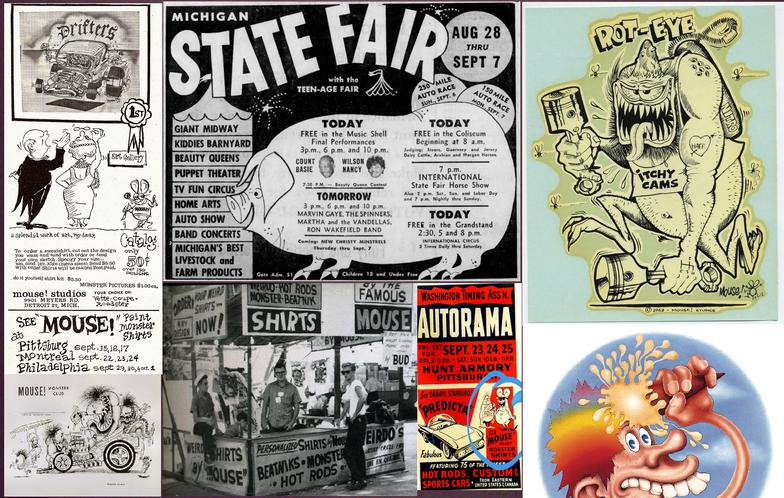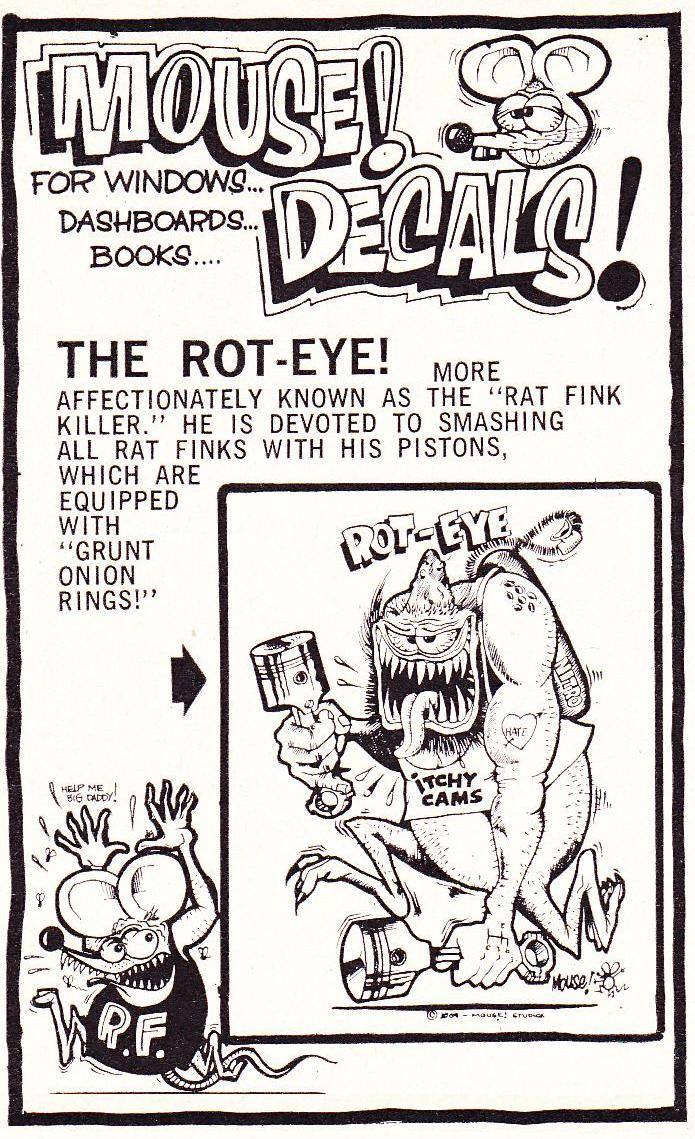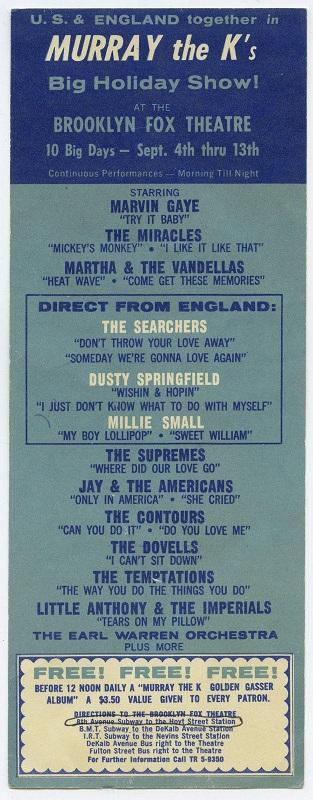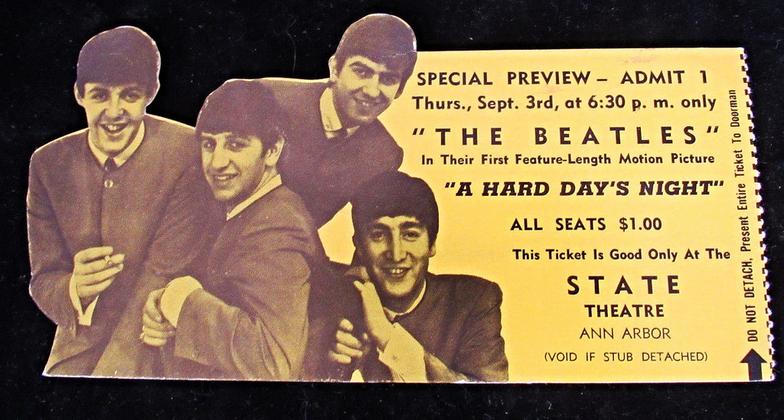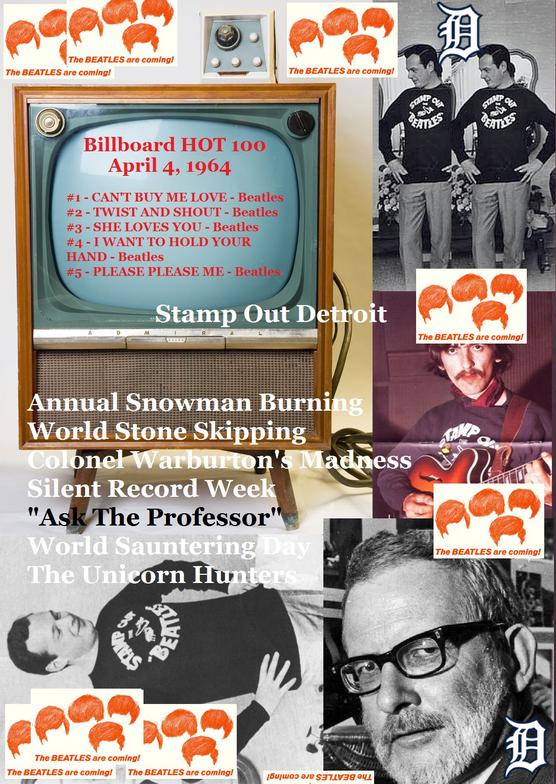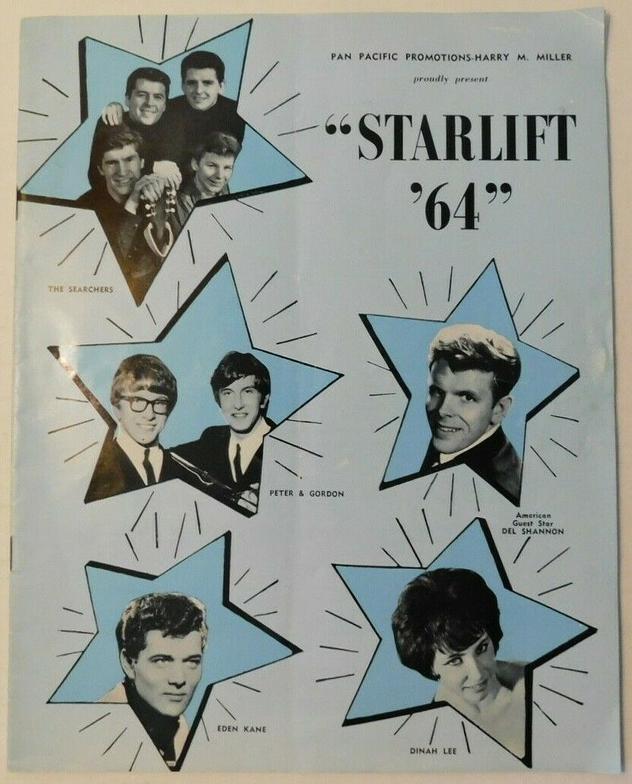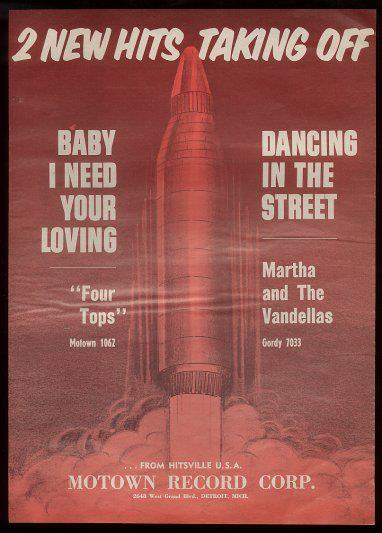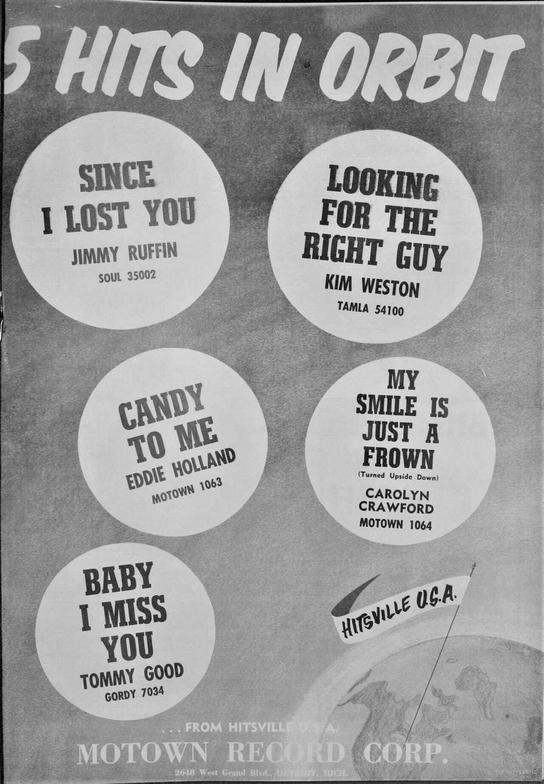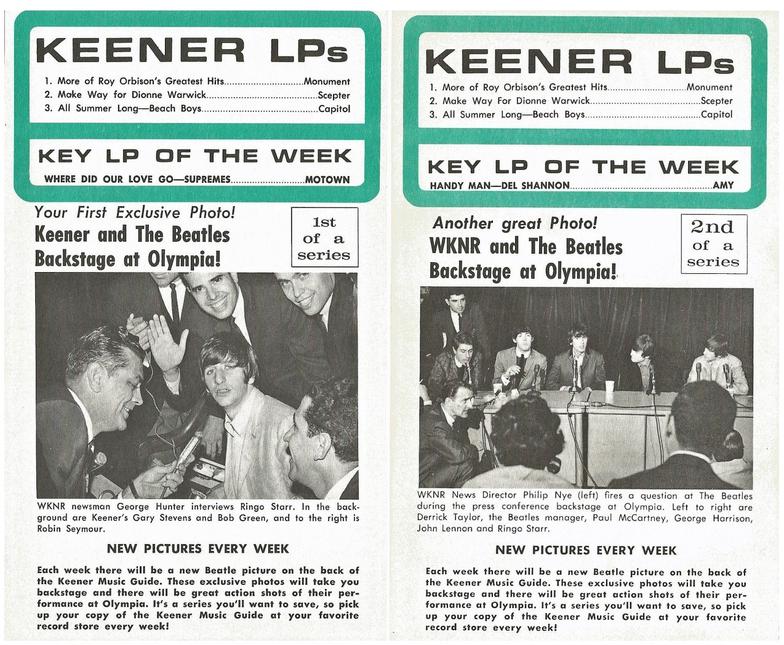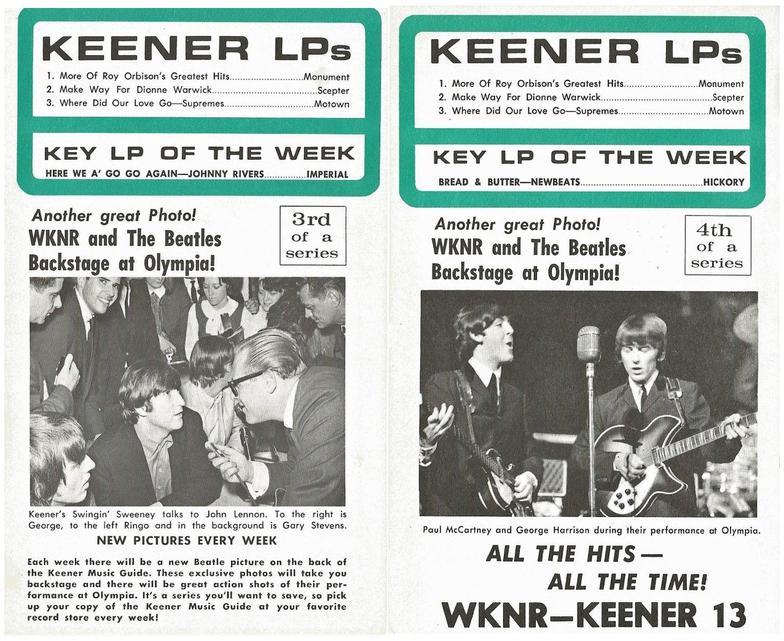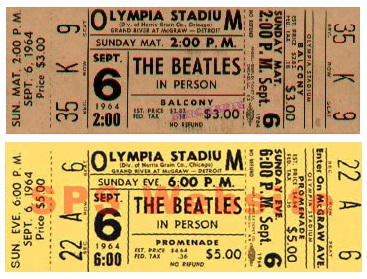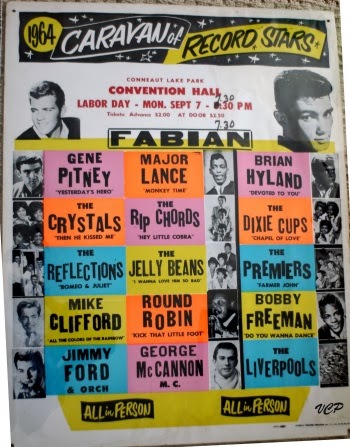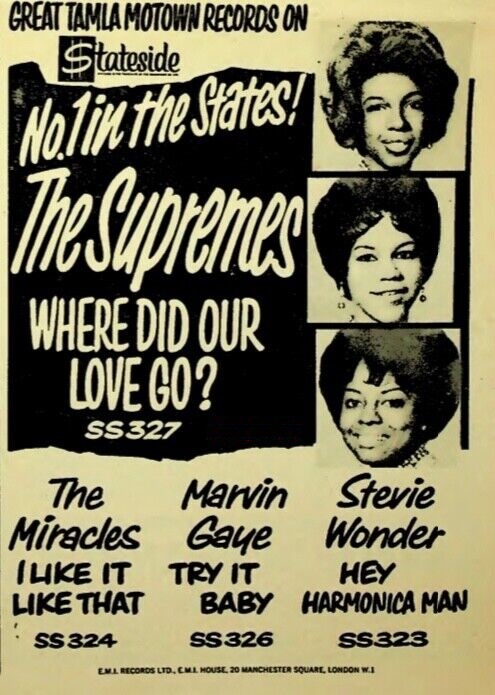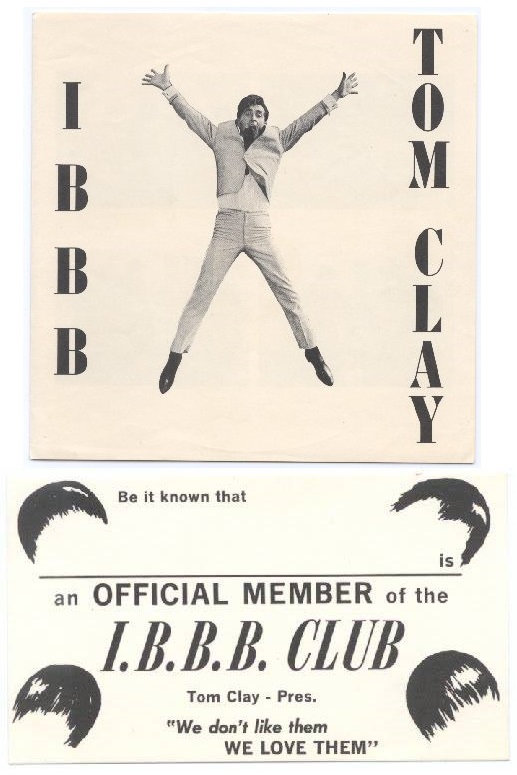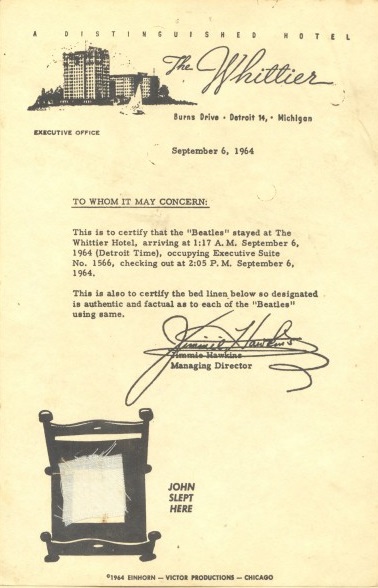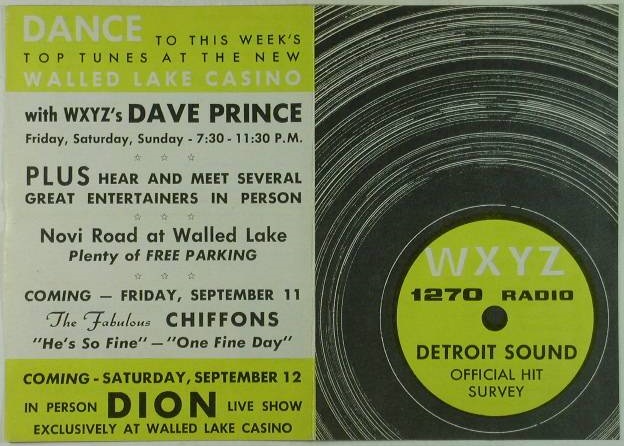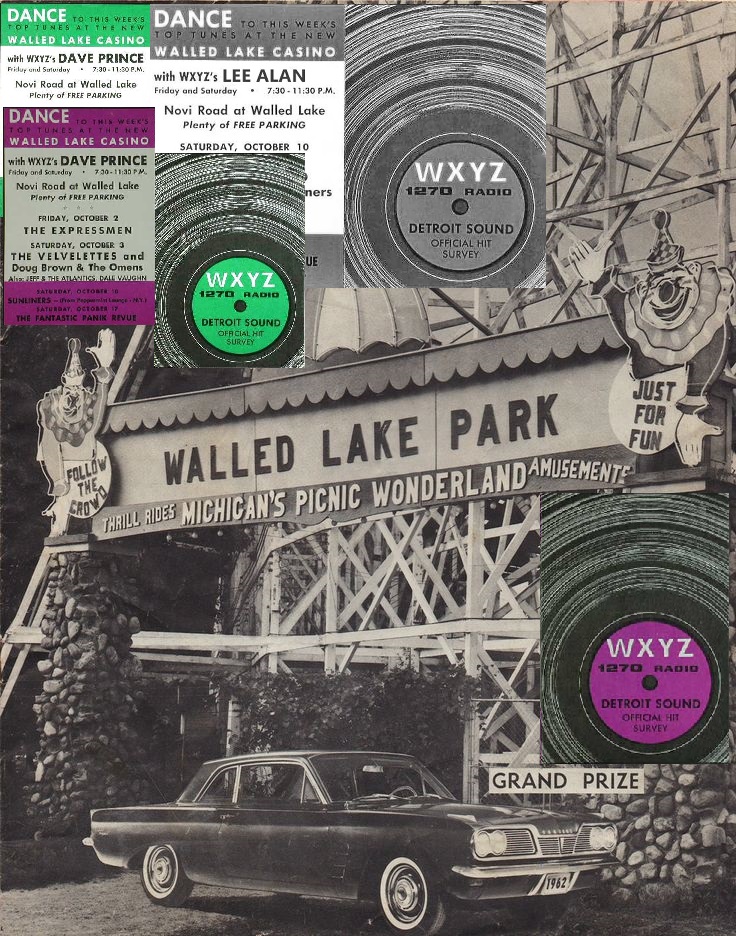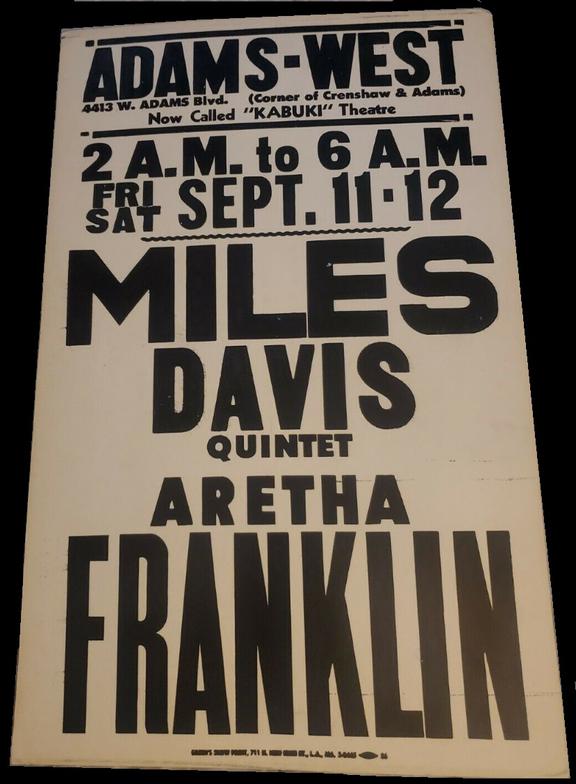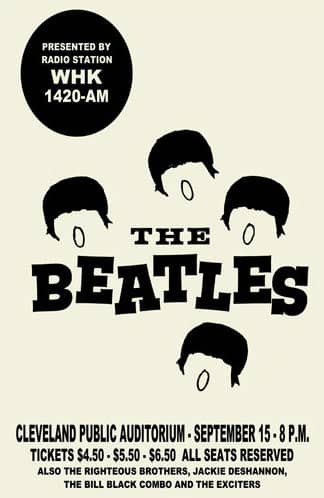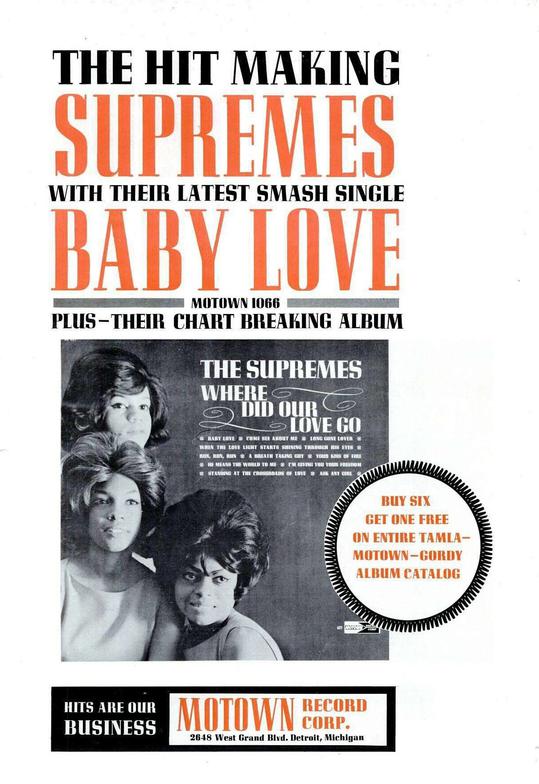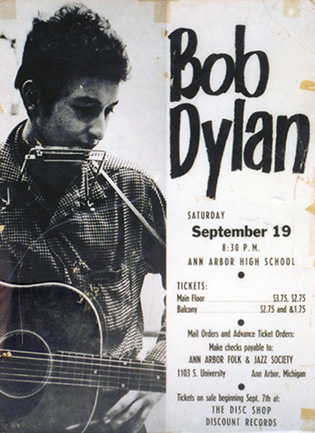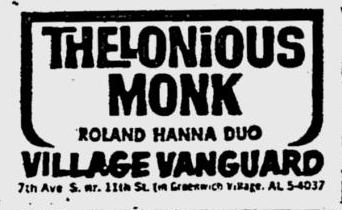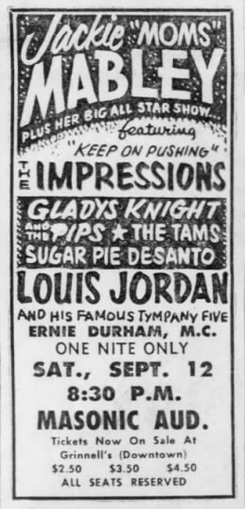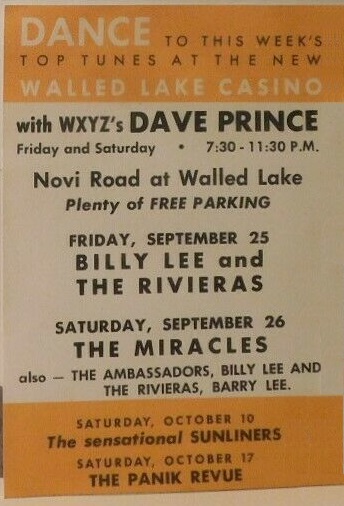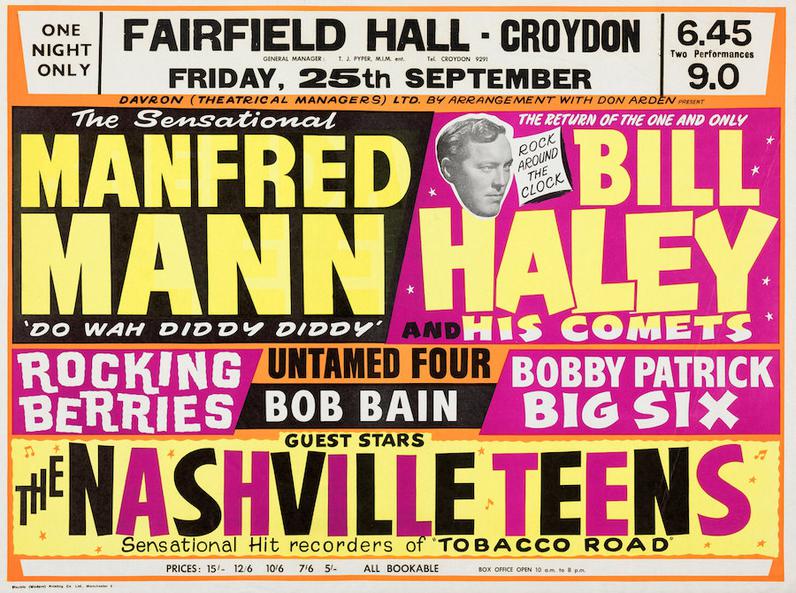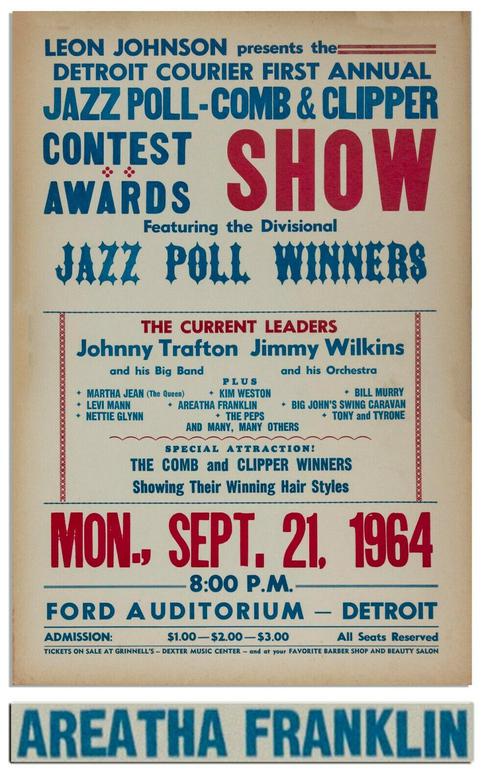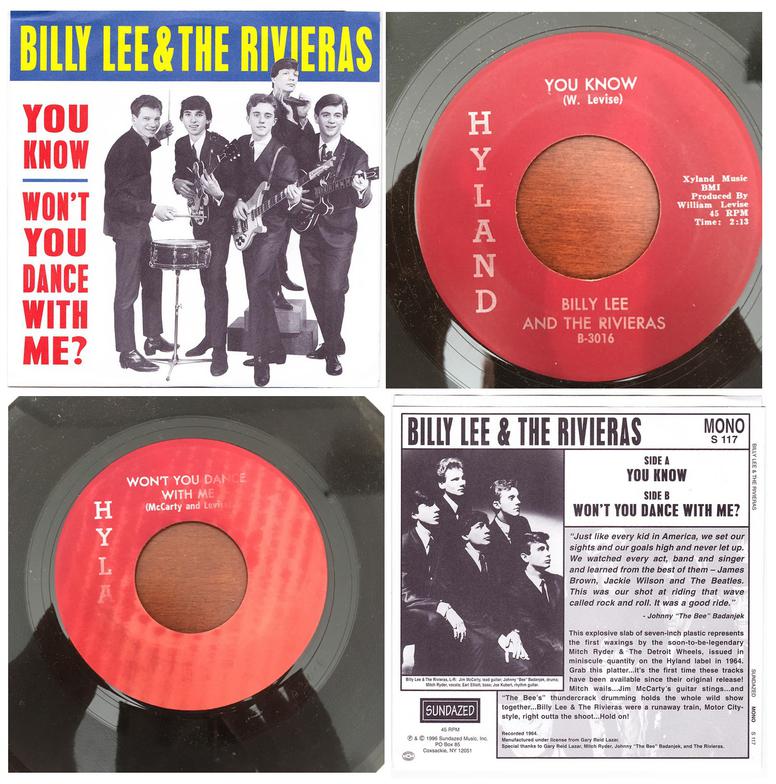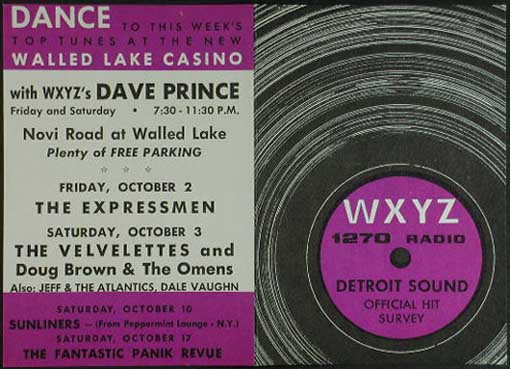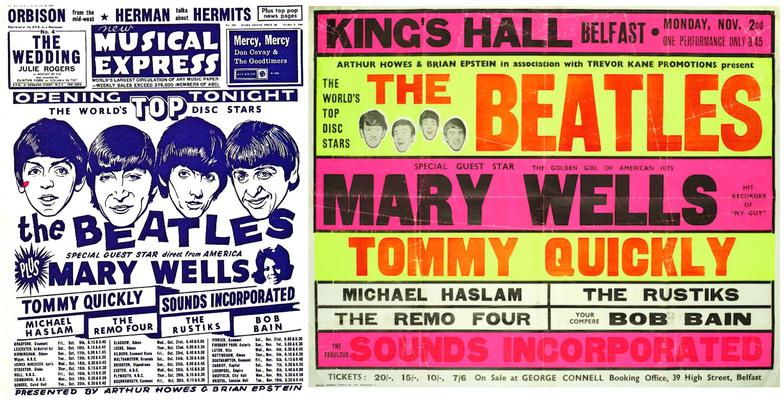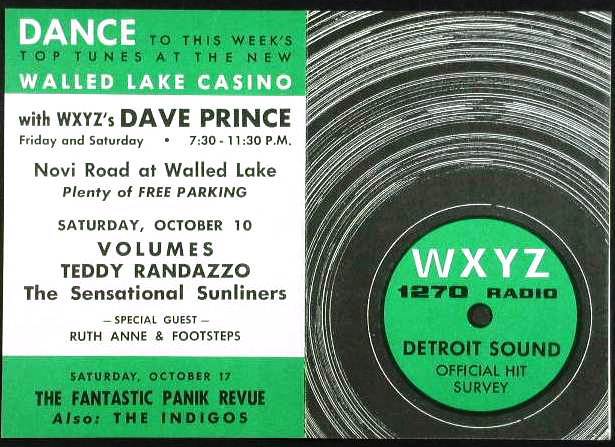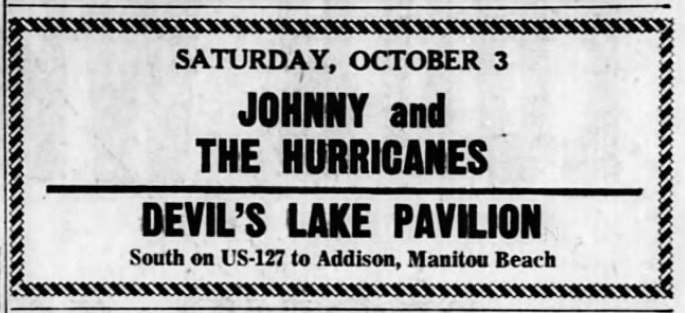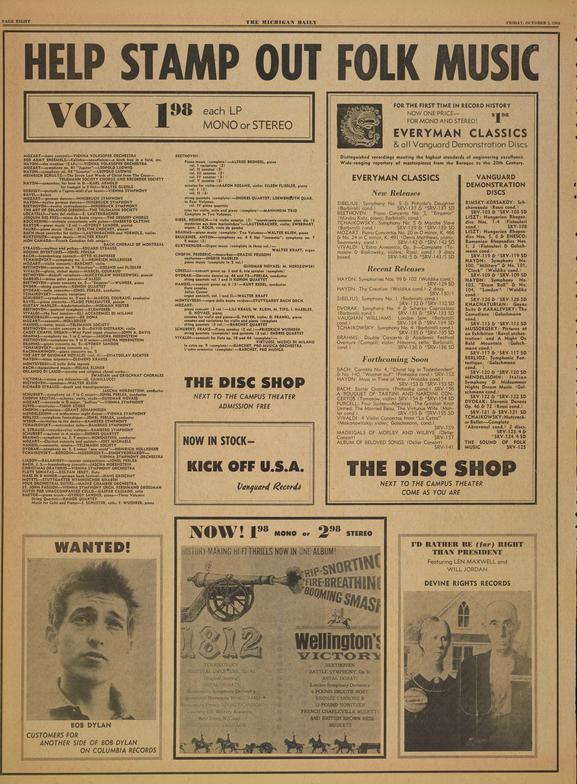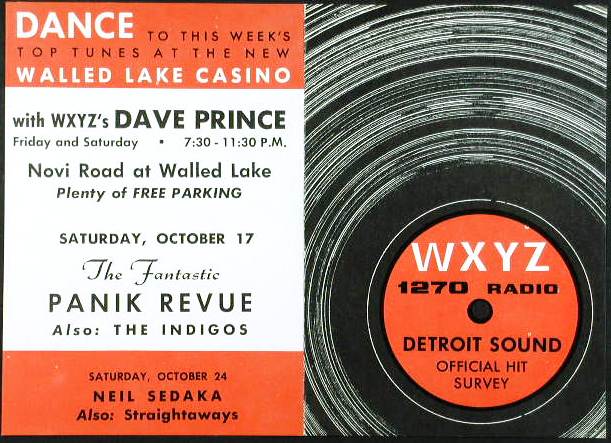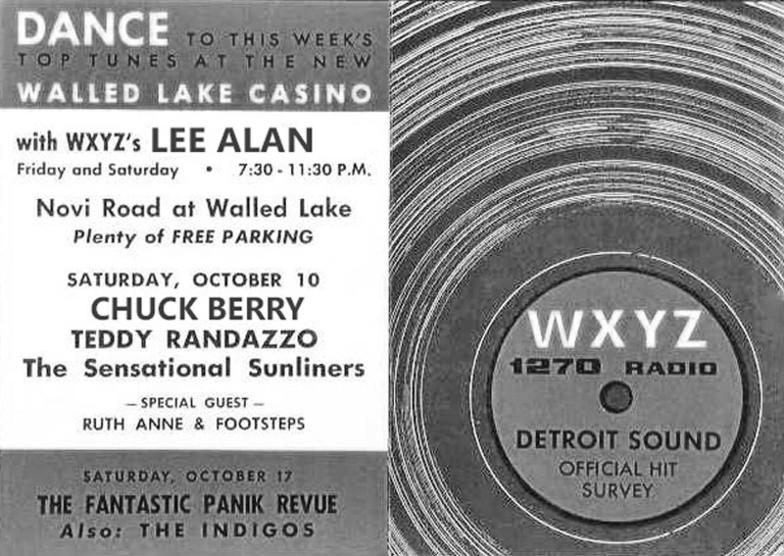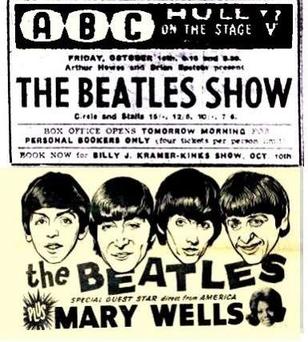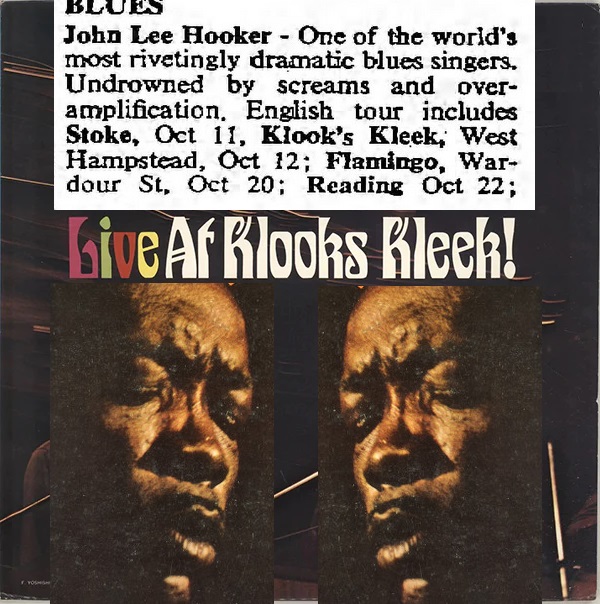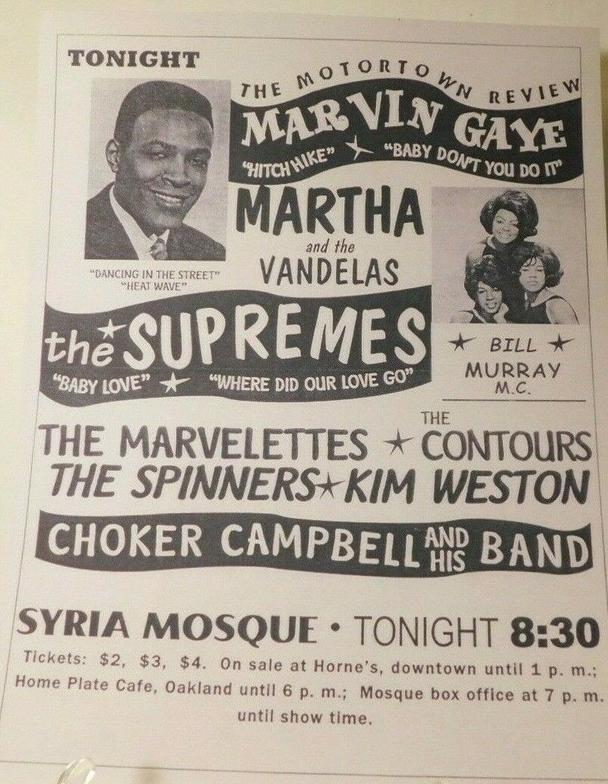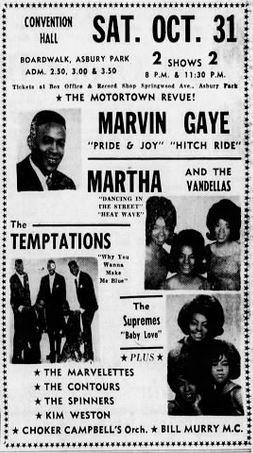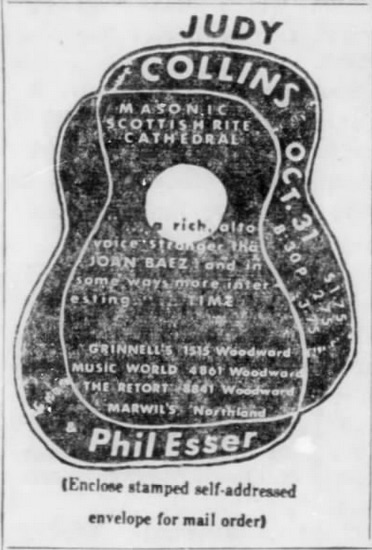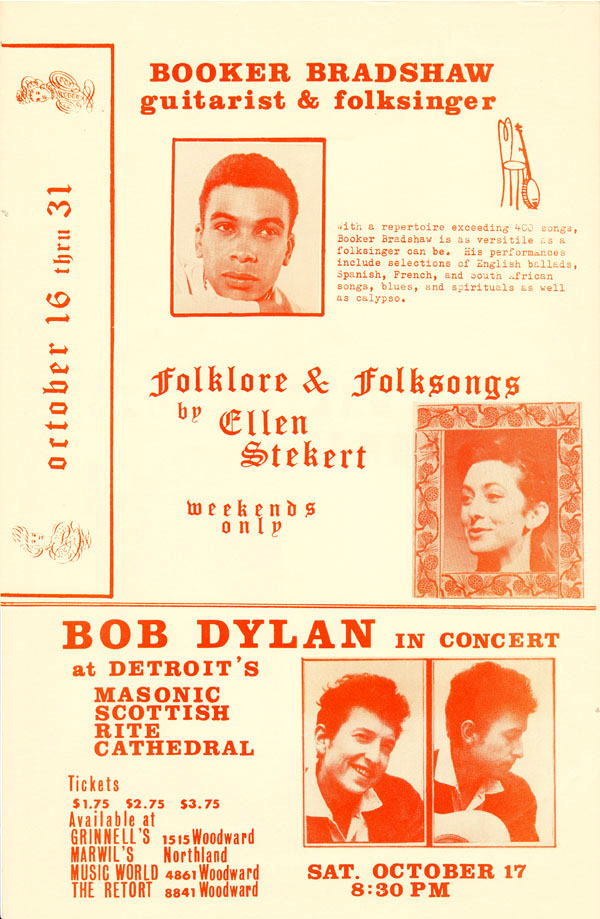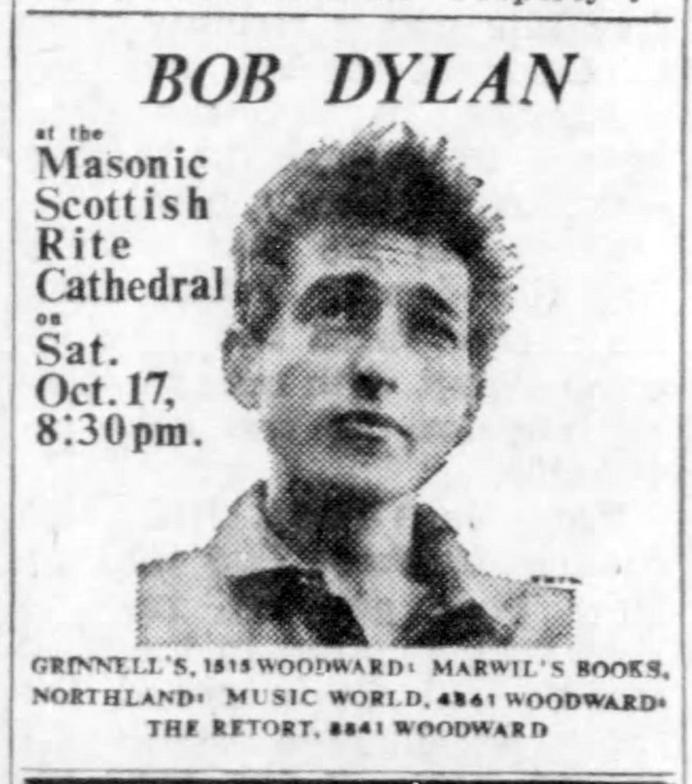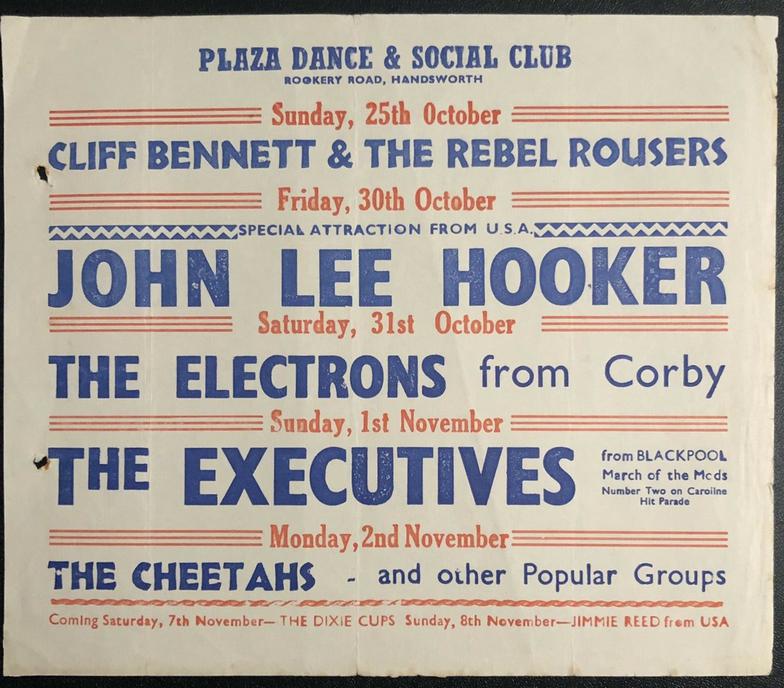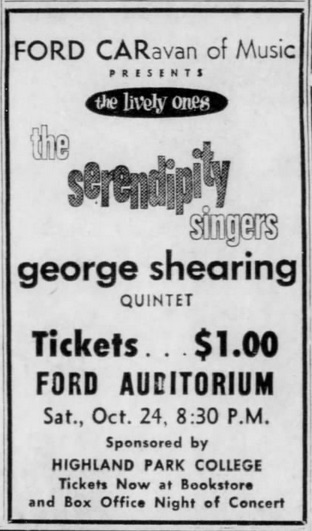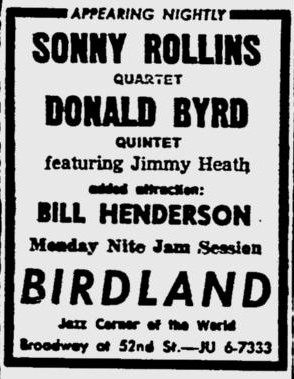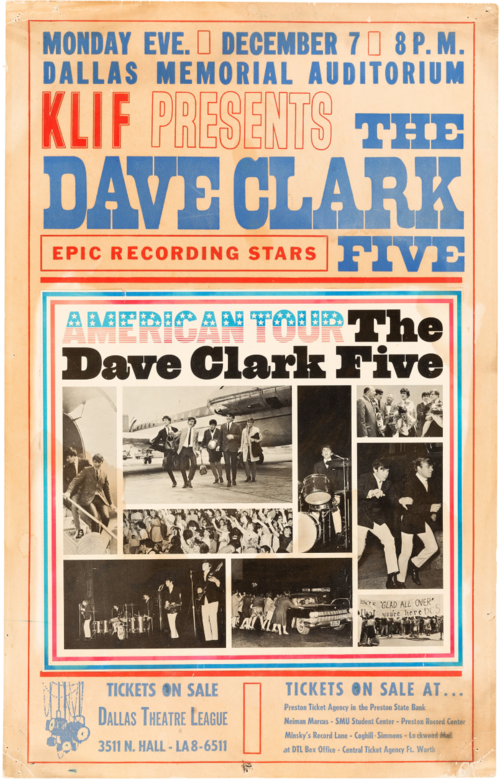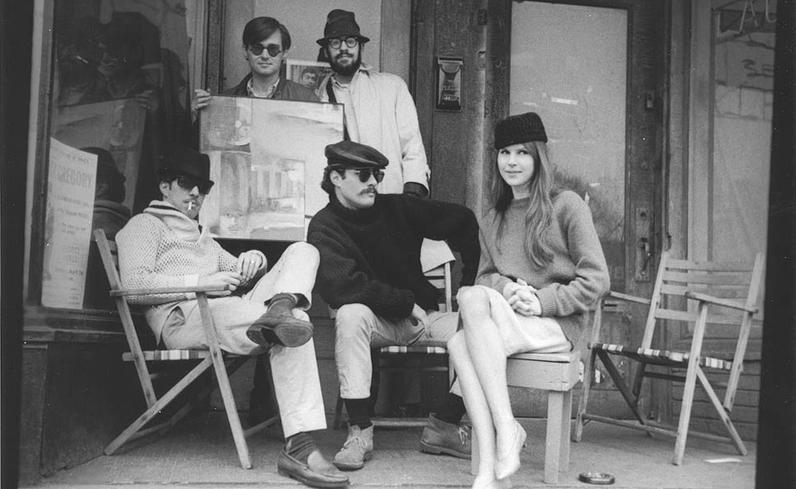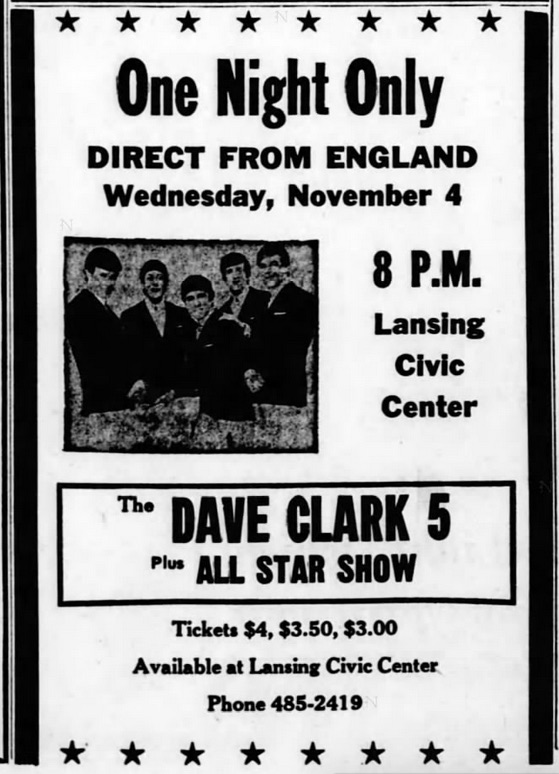Splatt Gallery
Double click here to add text.
Splatt Gallery's History of Michigan Music Posters
Volume Two - 1964 to 1966 - Page Three
***********************************************************
Volume Two - 1964 to 1966 - continues - HERE
Ladies and Gentlemen…Detroit’s first rock poster artist! (Even though rock posters don’t actually exist yet, and by the time they do, he is no longer in Detroit… minor details.)
Stanley Miller was born in Fresno, California where his father worked as an animator in Walt Disney’s studio. Seeking better wages, he moved his family to Detroit and made a good living as a sign painter. Stanley inherited his father’s artistic talent and through his school years he filled notebooks with drawings of cars and monsters. Because he was quiet and shy (or possibly because of his dad’s association with Disney), he acquired the nickname “Mouse” which he turned into a brand name to associate with his art.
Stanley Mouse was expelled from Detroit’s MacKenzie High School in 1956 for painting over a mural, which ironically led him to finish his education at Detroit's Society of Arts and Crafts near Wayne State University. He became somewhat of a teenage celebrity, pin-stripping cars and making t-shirts, at first by using his father’s screen printer and soon after with an airbrush.
His parents were very supportive and his father became his road manager on the hot rod show, Autoramas and state fair circuits, while his mother handled his growing mail-order business (and later ran the Mouse House head shop in Ypsilanti). At this time he was a contemporary and rival of Ed “Big Daddy” Roth, whom Mouse would claim had created his famous Rat Fink character based on some of Mouse’s cartoon characters. (For Roth’s side of the story, go here - http://www.dialbforblog.com/archives/789/ - the links from there can also take you on a deep dive into everything from Kustom Kulture to the Hell’s Angels.)
In 1965, Stanley packed up and moved to San Francisco where he fell in with a bunch of artists, in particular, Alton Kelley, and began designing rock concert posters for Bill Graham’s shows at The Fillmore. The team of Mouse and Kelley created some of the most iconic rock art of all time, including the Zig-Zag Man posters, the Grateful Dead’s Skull and Roses motif, and Journey’s album covers.
This photo shows Stanley and some buddies working his booth at the 1964 Michigan State Fair, August 28-31, 1964. We will also admit that our beloved Splatt Gallery logo was inspired by Stanley Mouse’s “Ice Cream Kid” that he made for the Grateful Dead’s Europe ’72 album cover. Our Detroit Rock Poster Show features many examples of the art of Stanley Mouse, including some nice, pretty rare items.
The Beach Boys – I Get Around (1964)
https://www.youtube.com/watch?v=KnPL5OXSBNE
A 1964 Stanley Mouse ad for Mouse! Decals featuring “Rot-Eye”, taking care of the arch-nemesis Rat Fink.
Another Murray the K Holiday Show in Brooklyn, New York, September 4-13, 1964, with Motown acts Marvin Gaye, the Miracles, Martha & the Vandellas, and the Supremes.
Ticket stub for the screening of The Beatles’ first movie “A Hard Day’s Night” at the State Theater in Ann Arbor, Michigan, September 3, 1964, just three days before the Beatles’ first Michigan appearance in Detroit.
Detroit jumped onto the Beatlemania bandwagon in its own inimitable way. WXYZ deejay, Lee Alan, flew down to Miami to secure Detroit's first interview with the band. However, Bob Green at rival WKNR had a friend at Capitol Records who supplied some generic interview material that Green was able to manipulate as if he was doing the interview live and scooped WXYZ before Alan had even landed in Miami. Nevertheless, Alan got his interview and came back to Detroit, selling it as a 45 rpm single called, "A Trip to Miami".
Meanwhile, Tom Clay, who had skipped town following the payola scandal but hadn't traveled too far, ending up at CKLW across the river in Windsor, planned to follow the Beatles back to England. He took along two contest winners and ended up interviewing the band while on set for the filming of "A Hard Day's Night". He also sold a record of his interview but he took it another step further in founding a "Beatles Booster Club", offering to send a personal item of the Beatles to everyone who sent him $1. He got over 80,000 responses (at least a half million dollars in today's dollars), but soon was flooded with complaints when kids ended up with something like a cigarette butt, or more commonly, nothing at all. He again skipped town, this time for California, leaving fellow DJ Dave Shafer holding the bag and getting briefly jailed by the border customs patrol.
But the best stunt was dreamed up by a PR man at The University of Detroit, Bill Rabe, who came up with the "Stamp Out The Beatles Society". He recruited a clean-cut university student to act as the poster boy for the SOBS and delighted in the flood of hate mail that came his way. Rabe didn't really have anything against the Beatles, he was just trying to gain publicity for the U of D as he continued to play it up on his “Ask The Professor” radio show.
The Beatles were actually asked about “the movement in Detroit” to stamp out the Beatles during their first New York press conference and Paul McCartney quipped "we're starting a campaign to stamp out Detroit". An un-related entrepreneur printed up some "Stamp Out the Beatles" t-shirts and gave them to the Beatles and Brian Epstein while they were in Florida.
Worried that the Beatles would pass over Detroit on their upcoming tour in retaliation, a handful of local deejays began hosting Beatles Booster Ball dances around the city to show the city's support and desire to have a concert in Detroit (and lined their own pockets with the proceeds in the process). The Beatles did come to Detroit, playing two sold-out shows at Olympia Stadium on September 6, 1964. Here is some fairly decent color video from one of the shows.
Bill Rabe, by the way, went on to become one of the greatest PR men of all time. While working for the Grand Hotel on Mackinac Island (the Miami Beach of the North), he started the International Stone Skipping Tournament, which is still held to this day. He was a prominent member of The Baker Street Irregulars (a worldwide Sherlock Holmes society) and was the Detroit Hatchet Man of The Friends of Lizzie Borden. He started Hush Records which released 45’s that were totally blank and were played during Silent Record Week. He ended up at Lake Superior State University in Sault Sainte Marie where he created the annual “List of Banished Words”, World Sauntering Day, the Unicorn Hunters Club, and the springtime ritual Snowman Burning – all of which continue to be enthusiastically celebrated up there.
The Beatles – Live in Detroit (1964)
https://www.youtube.com/watch?v=TOOS7yuHnhM
Program cover for the “Starlift ‘64” tour of Australia in September 1964 with Del Shannon, the Searchers, Peter & Gordon, and others. It was during this tour that Shannon gave his song “I Go To Pieces” to Peter & Gordon, which became a hit for the duo.
A concise history of Del Shannon’s interactions with other hit singles for other hit groups can be found here:
https://www.ratherrarerecords.com/kept-searching/
Two "space age" Motown Records ads in the August 29, 1964 issue of Billboard magazine.
Still playing up on the access that WKNR radio had during the Beatles’ first visit to Detroit, a photo series was featured on the backside of the Keener Music Guide for four weeks.
A newspaper ad for The Beatles’ first Detroit appearance on September 6, 1964, the show was sponsored by WKNR Keener-13 and although it eventually sold out, tickets were still available the day before the show.
Poster for Dick Clark’s Caravan of Stars 1964 show in Conneaut Lake, Pennsylvania, September 7, 1964, with Michigan represented by the Reflections.
A Stateside Records ad touting their acquisition of the Tamla-Motown-Gordy labels for distribution in the UK, newly acquired from the UK label Oriole Records. Oriole was the first UK label to license recordings on a regular basis from the US Tamla and Motown catalogues. Oriole released nineteen Motown singles and seven Motown albums, but none of the releases charted on UK charts.
Stateside, stylized as $tateside Records, happened to acquire the Motown labels at just the right time. Their first release by the Supremes, “Where Did Our Love Go?” entered the UK charts on September 9, 1964 and peaked at #3. The follow-up single, a month later, “Baby Love” became the group’s first #1 single in the UK.
Stateside issued 45 Motown records prior to the establishment of the UK Tamla Motown label, distributed by Stateside’s parent company EMI.
Former WJBK DJ Tom Clay had skipped town following the 1959 payola scandal but hadn't traveled too far, ending up at CKLW across the river in Windsor. He planned to follow the Beatles back to England following their Detroit debut on September 6, 1964. He took along two contest winners and ended up interviewing the band while on set for the filming of "A Hard Day's Night". He capitalized on his access by selling a record of his interview but he took it even another step further in founding the "International Beatles Boosters Buttons Club", offering to send a personal item of the Beatles to everyone who sent him one dollar.
He got over 80,000 responses (at least a half million dollars in today's dollars), but soon was flooded with complaints when kids ended up with something like a cigarette butt, or more commonly, nothing at all. He again skipped town, this time for California, leaving fellow DJ Dave Shafer holding the bag and getting briefly jailed by the border customs patrol.
A certificate of authenticity from the Whittier Hotel in Detroit for a swatch of bedsheet linen slept upon by the Beatles during their stay at the hotel for their September 6, 1964 concerts.
Tickets to the two Beatles shows at Olympia Stadium in Detroit on September 6, 1964.
Meanwhile, back in the safety of Walled Lake, far from the downtown dens of weird people, weird music, and weird-smelling cigarettes, WXYZ deejay, Lee Alan had a good thing going since the new owner, Red Cramer, had hired him to host and broadcast from the casino. He was bringing in the Motown acts, Chuck Berry (as we described earlier) and scores of local bands willing to play for nothing in order to get onto the big stage.
The casino (misnamed, there was never any gambling there) was cavernous so the bands really had to turn their amplifiers up. The backstage had the legendary “secret” wall where everyone who had played there since the 1930’s had signed their names – Tommy Dorsey, Louie Armstrong, Woody Herman. And with the star power (and the crowds) that WXYZ was bringing in, it was a heady place for a young musician.
The local band that crushed all competition during Battle of the Bands nights, and eventually became the top spot on the nightly bills was Billy Lee & The Rivieras. It was at one of their crowd-pleasing performances that New York hot-shot producer, Bob Crewe saw the band and immediately took them to NYC. Billy Lee & The Rivieras would never return.
In their place, a few months later, was a new band, Mitch Ryder & The Detroit Wheels with a national top-ten hit.
As that record took off like a rocket, the Walled Lake Casino burned down to the ground - on Christmas night, 1965, just hours after the close of the gala Christmas dance.
Mitch Ryder & The Detroit Wheels – Jenny Take A Ride (1965)
https://www.youtube.com/watch?v=TrOvQ9JAf3g
Flyer for the WXYZ sponsored dance, hosted by DJ Dave Prince, at the Walled Lake Casino, with the Chiffons on September 11, 1964 and Dion the following night, printed on the back side of the radio station’s weekly hits survey.
A Colby Show Print poster with two names not often seen together, Miles Davis and Aretha Franklin at the Adams-West, “now called Kabuki Theatre” in Los Angeles, California, September 11-12, 1964.
Nine days after the shows in Detroit, the poster for the Cleveland, Ohio show on September 15, 1964 with a nice minimalist concept that looks locally designed.
Released on September 17, 1964, “Baby Love” became the Supreme’s second #1 hit, becoming the first Motown act to have more than one Number One record. By the end of the decade they would have more #1 hits than any other American pop group, with twelve, a record that still stands today.
The Supremes – Baby Love (1964)
https://www.youtube.com/watch?v=9_y6nFjoVp4
An ad with Detroit’s Roland Hanna opening for Thelonious Monk at the Village Vanguard in NYC, September 15-20, 1964.
An ad for Moms Mabley Mabley & Her Big All-Star Show at Masonic Auditorium in Detroit on September 12, 1964, for her second time in the year, with Gladys Knight & the Pips, the Impressions, the Tams, Louis Jordan, and Sugar Pie DeSanto, with Eddie Durham MC.
Poster/flyer for the WXYZ sponsored dance, hosted by DJ Dave Prince, at the Walled Lake Casino in Walled Lake, Michigan, with the Billy Lee & the Rivieras on September 25, 1964, the Miracles along with Billy Lee & the Rivieras on the following night, and up-coming shows with the Sunliners on October 10th, and the Panik Revue on October 17th.
A poster with Bill Haley & His Comets at Fairfield Hall in London, England on September 25, 1964.
Two weeks after the Beatles made their Detroit debut, Bob Dylan made his second Michigan appearance, again in Ann Arbor, at the Ann Arbor High School, September 19, 1964, poster by an unknown artist.
A fascinating poster by an unknown artist for a non-database show at Ford Auditorium in Detroit, Michigan, September 21, 1964. The Detroit Courier newspaper’s “First Annual Jazz Poll – Comb & Clipper Contest Awards Show” that combined divisional jazz poll winners with contest-winning hair stylists.
“The Current Leaders” in the jazz contest were Johnny Trafton, a saxophonist, who had started his career as a teen in Detroit’s Paradise Valley, and Jimmy Wilkins, a former member of Count Basie’s band who came to Detroit to manage his uncle’s Webster BBQ restaurant, and was currently working at the Detroit Post Office, performing on weekends.
The poster also lists Martha Jean (The Queen), and a misspelled Aretha Franklin. Tickets were on sale at Grinnell’s, Dexter Music Center, and, of course, “at your favorite barber shop and beauty salon”.
The picture sleeve is from the 1996 re-issue and the disc labels are from the original 1964 release of the only single by Billy Lee & the Rivieras, the A-side written by W. Levise (later known as Mitch Ryder) and the B-side written by Levise and guitarist Jim McCarty.
Billy Lee & the Rivieras – You Know (1964)
https://www.youtube.com/watch?v=XTzjVLmAZGw
Billy Lee & the Rivieras – Won’t You Dance With Me (1964)
https://www.youtube.com/watch?v=BD9nFVbZmTk
Flyer for the WXYZ sponsored dance, hosted by DJ Dave Prince, at the Walled Lake Casino, with the Expressmen on October 2, 1964, the Velvettes with Doug Brown & the Omens the following night, and up-coming shows with the Sunliners on October 10th, The Fantastic Panik Revue on October 17th.
The Beatles’ 1964 UK tour commenced on October 9, 1964 and packed in over 50 shows in two months. They asked their favorite American singer, Mary Wells, to come along, making her the first female opener for the Beatles and the first Motown artist to tour overseas. When she returned, she left Motown for 20th Century Fox Records, her second album for the new label was a tribute to her Fab Four friends, comprising twelve Beatle covers, called “Love Songs to the Beatles”, released in 1965.
Mary Wells – Love Songs to the Beatles (album) (1965)
https://www.youtube.com/watch?v=DnO3kdHiyvg
Flyer for the WXYZ sponsored dance, hosted by DJ Dave Prince, at the Walled Lake Casino, with the Volumes, Terry Randazzo, and The Sensational Sunliners on October 10, 1964, with special guests Ruth Anne & Fottsteps, and up-coming show by the Fantastic Panik Revue and the Indigos on October 17th.
A later, or earlier, version shows Chuck Berry in place of Volumes, but we really can’t confirm either and the Chuck Berry one is black and white, so we like this one.
An ad for Louis Armstrong at the Michigan Theatre in Detroit on October 5-6, 1964, his 130th Michigan show.
An ad for Johnny & the Hurricanes at Devil’s Lake Pavilion in Manitou Beach, Michigan on October 3, 1964, in their 10th Michigan appearance.
An ad for The Disc Shop record store in Ann Arbor, Michigan for the October 2, 1964 edition of The Michigan Daily newspaper that plays both sides of the “Help Stamp Out Folk Music” argument. Offering plenty of classical music albums as the proper antidote to the great unwashed, they nevertheless “Wanted!” customers for the latest Bob Dylan album.
Flyer for the WXYZ sponsored dance, hosted by DJ Dave Prince, at the Walled Lake Casino in Walled Lake, Michigan, with The Fantastic Panik Revue and The Indigos on October 17, 1964, with an up-coming show by Neil Sedaka and the Straightaways on October 24th.
The black-and-white version with Chuck Berry listed for October 19, 1964.
An ad for the Beatles in Hull, England, with Mary Wells, on October 16, 1964.
John Lee Hooker performed at the legendary London, England cub Klooks Kleek on October 12, 1964.
Poster for the Motortown Revue in Pittsburgh, Pennsylvania, October 30, 1964. The Supremes were replaced by Stevie Wonder for this show due to an illness of one of the members.
An ad for a Halloween show, October 31, 1964 of the Motortown Revue in Asbury Park, New Jersey.
Poster/ad by an unknown artist for the first Michigan appearance by folk singer Judy Collins, on Halloween night, October 31, 1964.
A newspaper ad for Bob Dylan’s third Michigan appearance, at the Masonic Temple in Detroit, October 17, 1964.
A poster for the Plaza Dance & Social Club in Handsworth, England with John Lee Hooker appearing on October 30, 1964.
An ad for British jazz pianist George Shearing at Ford Auditorium in Detroit on October 24, 1964. It was 133rd Michigan show since October 1949. It was the first Michigan appearance for the Serendipity Singers.
Poster/flyer for Bob Dylan’s third Michigan appearance, at the Masonic Temple in Detroit, October 17, 1964.
An ad with Donald Byrd at Birdland in NYC, October 20-25, 1964.
Poster for The Dave Clark Five in Dallas, Texas, right in between their first two Michigan appearances, in Lansing, Michigan on November 4, 1964, and in Detroit on December 18th. They were touring in support of their album, “American Tour”, which despite the title was not a live album, but rather their third, of four, studio albums to be released in 1964.
In this first year of “the British Invasion”, the DC5, and not the Rolling Stones, were the main competition to the Beatles. Their single “Glad All Over” knocked the Beatles’ “I Want To Hold Your Hand” out of the #1 spot on the UK charts, they followed the Beatles in appearing on the Ed Sullivan TV show, ending up appearing on the Sullivan show 18 times, the most of any British group, they made a movie, “Catch Us If You Can” that was released in between “A Hard Day’s Night” and “Help”, and they were the group most asked about during Beatles interviews.
Dave Clark Five – Glad All Over (1963)
https://www.youtube.com/watch?v=EipdAjhImrc
George Tysh, Robin Eichele and Martina Algire in front of the Red Door Gallery, 1964
The short-lived Red Door Gallery (1963) and Artists’ Workshop Society, were the first serious alternative, avant-garde collectives and co-operative galleries to exist in the city of Detroit.
The Artists Workshop Society was an artist-run collective founded on November 1st, 1964 by John Sinclair, Magdalene Arndt (a.k.a. Leni Sinclair), Charles Moore, Robin Eichele, George Tysh and ten others, who rented a house at 1252 West Forest for use as a gallery and performance space near the campus of Wayne State University.
Free poetry and jazz performances were featured every Sunday afternoon. They also produced their own books, journals and workshops introducing avant-garde poets, artists and musicians to Detroit, many for the first time.
The Detroit Artists Workshop was founded at 1252 West Forest in Detroit on November 1, 1964 and moved after fire destroyed the original premises in May 1965 to a storefront at 4865 John C. Lodge where the Artists Workshop Press was established next door at 4867 John C. Lodge.
Newspaper ad for the Dave Clark 5’s first Michigan appearance, at the Civic Center in Lansing on November 4, 1964.


